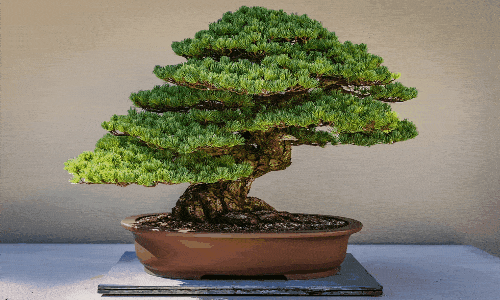Adverts
The phases of the Moon have always fascinated humanity. Since ancient times, these celestial cycles have been observed, interpreted and connected to everyday life events, rituals and spiritual beliefs.
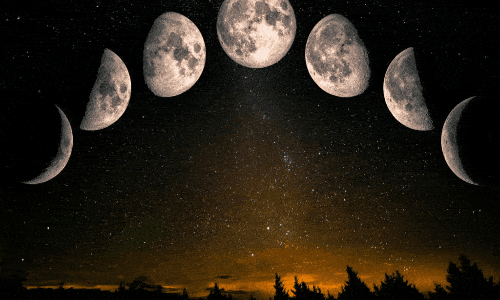
But were ancient traditions right about their influence? And how does modern science view this relationship?
Adverts
In addition to its prominent role in cultures around the world, the Moon continues to impact modern life in surprising ways.
It regulates tides, inspires the calendar and even influences many people's moods and sleep patterns. 🌙 However, the mysteries of our natural satellite go far beyond that.
Adverts
In this content, we will explore the secrets surrounding the phases of the Moon and how they shaped ancient civilizations. We will understand their relationship with agriculture, astrology and even decision-making in everyday life. We will also bring a current look at the connection between lunar cycles and our body, mind and emotions.
Get ready for a fascinating journey that connects past and present, science and spirituality, around one of the most influential stars for humanity. 🌌✨
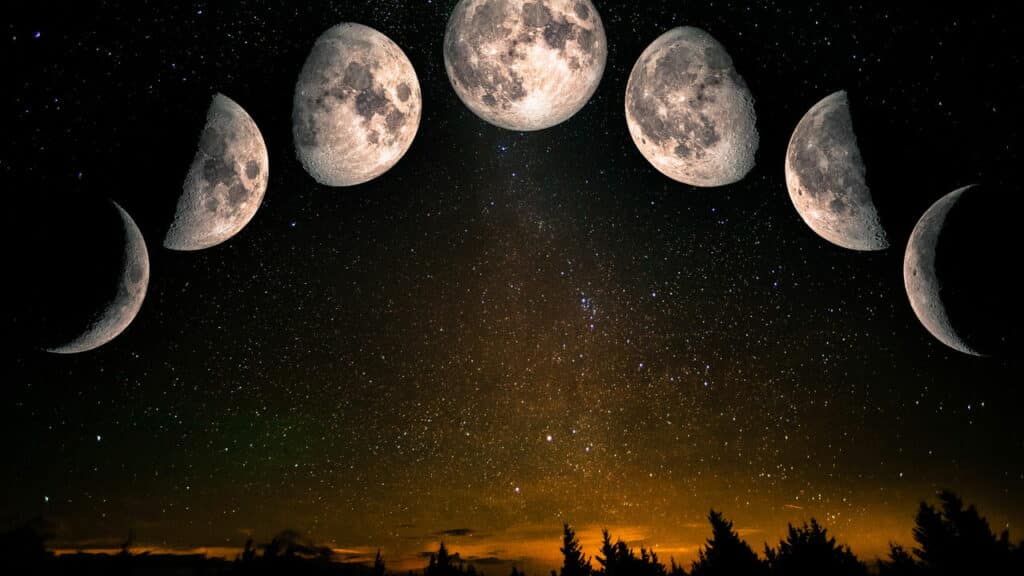
The Hidden Mysteries of the Moon Phases: A Cosmic Dance
The Crescent Moon: The Symbol of Beginnings and Expansion
The Crescent Moon has always fascinated ancient cultures. Its delicate shape, like a smile in the sky, carried a powerful symbolism of growth and renewal. In many civilizations, this moment in the lunar cycle represented the beginning of something new, an opportunity to plant seeds — both literally, in fertile lands, and figuratively, in dreams and goals. Agricultural cultures, in particular, closely observed this phase, believing it was the ideal time to start planting crops, ensuring abundant harvests in the future.
In the spiritual sphere, the Waxing Moon was seen as a period of attraction and magnetism. 🌓 Many esoteric traditions taught that this was the best time for rituals of prosperity, love or protection, as the energy of the Moon was “growing” towards its peak. The growing light in the sky symbolized the rise of our intentions, as if the universe was amplifying our deepest desires.
- The ancient Greeks believed that the goddess Artemis, associated with hunting and the Moon, held secrets that could be revealed during this phase.
- In Celtic mythology, the Crescent Moon was a moment of connection with the spirits of nature, asking for blessings for the next cycles.
- Modern rituals often use the energy of this phase to start new projects or take the first step towards big changes.
But what about modern life? Although shrouded in ancient mysticism, the Crescent Moon still resonates in our days, being a subtle reminder that we can always start over, adjust routes and pursue our goals. Astrology apps, lunar planners and even urban gardening trends remind us that the Moon guides us, even if unconsciously.
Full Moon: The Pinnacle of Mysticism and Emotions
The Powerful Energy of the Full Moon in Ancient Cultures
If there is one phase of the Moon that captures the collective imagination, it is the Full Moon. Shining like a silver beacon in the sky, its light was once seen as a portal between the worlds—the physical and the spiritual. For many cultures, the Full Moon was a time of reverence and awe, as it was believed that during this time, the energies of the universe were at their peak.
In ancient Mesopotamia, for example, the Full Moon was associated with the god Sin, the guardian of the balance between light and darkness. For Native Americans, this phase represented a cycle of harvest and celebration, a time of gratitude for abundance. ✨ In feudal Japan, the Full Moon was celebrated at Tsukimi, a festival dedicated to lunar contemplation and connection with nature.
- Tibetan monks performed special ceremonies during the Full Moon for purification and spiritual enlightenment.
- The Druids, known for their forest rituals, used the Full Moon as a guide for healing and protection ceremonies.
- In Africa, tribes celebrated dances under the Full Moon, believing that it brought good harvests and protection from evil spirits.
Modern science also recognizes the impact of this phase, although in a less mystical way. Research indicates that many people report greater difficulty sleeping during a Full Moon, a reflection of its intensity. Could this connection with the natural satellite, which dates back millennia, still pulsate in our subconscious? It is impossible to deny that the Full Moon brings something special — an almost uncontrollable magnetism.
The Effect of the Full Moon on Modern Life
In modern times, the Full Moon has not lost its mystique. It is common to hear stories about an increase in hospital emergencies, erratic behavior and even greater intensity in social events during this phase. But there is also a more serene side: many meditation and yoga practitioners prefer the Full Moon for deeper and more introspective sessions. 🌕
In modern astrology, the Full Moon is seen as a moment of culmination—what was planted during the New Moon now reaches its peak. It’s a time to reap the rewards, evaluate progress, and release what no longer serves us. It sounds simple, but this emotional journey can be intense, almost like a reflection of the full luminosity that the Moon pours upon us.
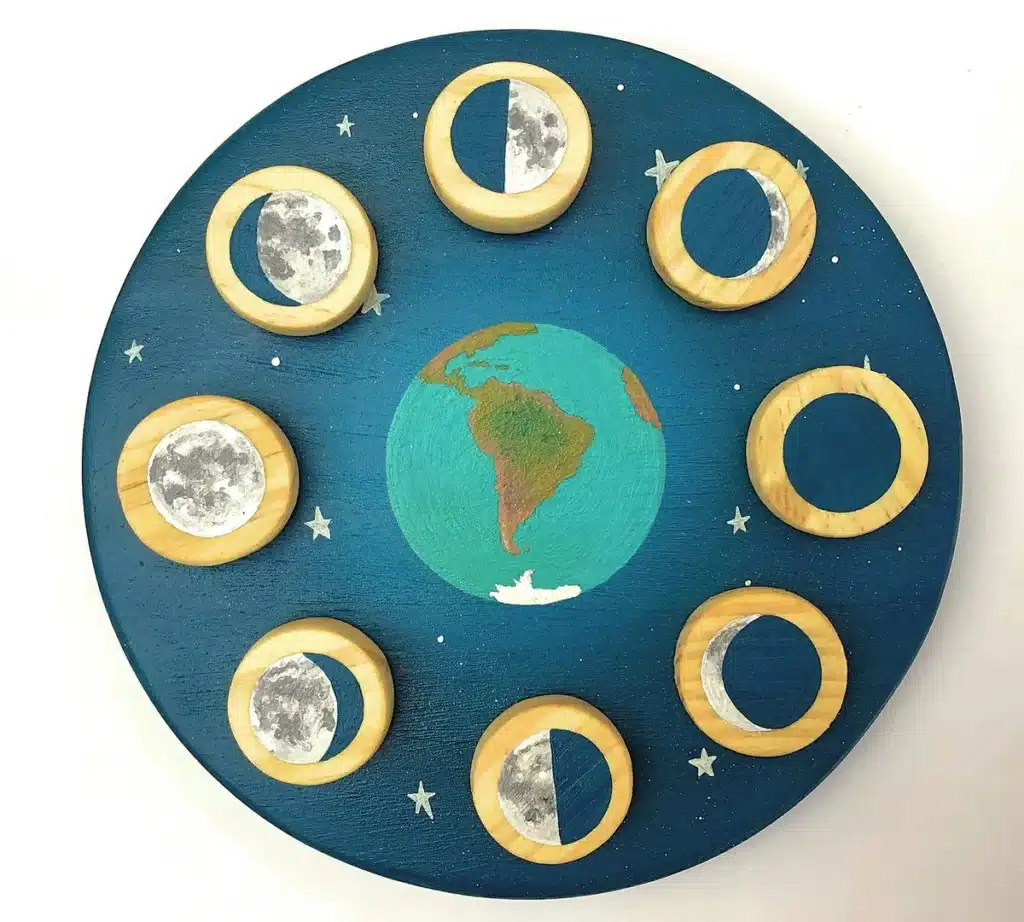
Waning Moon: The Call to Silence and Reflection
The Ancient Meaning of the Waning Moon
As the Moon begins to disappear in the sky, giving way to darkness, we are invited to reflect and slow down. The Waning Moon was interpreted by ancient cultures as a moment of closure, an invitation to let go of what was no longer needed. Agricultural societies took advantage of this phase to clean the fields, getting rid of diseased plants or remains of past harvests, preparing the soil for new cycles.
Spiritually, the Waning Moon was revered as an opportunity to banish negative energies, ward off evil spirits, and purify the soul. Witches and shamans used this phase to perform protective rituals, ending toxic cycles, and releasing emotional burdens. 🌒 It was a time of deep introspection, a time to turn inward and ask: “What am I holding onto that no longer serves me?”
- Ancient Egyptians performed purification ceremonies during the Waning Moon, believing that lunar energy helped connect them to the afterlife.
- In India, Vedic texts mention that the Waning Moon is ideal for practices of detachment and deep meditation.
- Among the Nordic people, it was believed that the Waning Moon protected warriors before battles, removing fears and insecurities.
Reflections of the Waning Moon in the Present Day
In modern life, the Waning Moon invites us to take a break from the chaos of everyday life. It’s the perfect time to review plans, adjust expectations, and perhaps take some time for yourself. Holistic therapists often recommend this period for detoxification practices — whether physical, emotional, or spiritual. 🪷
Additionally, many people experience a natural drop in energy during this phase. And that’s okay. The Waning Moon reminds us of the importance of rest, silence, and reconnecting with ourselves, a luxury often overlooked in the hustle and bustle of the modern world.
The New Moon: The Void that Overflows with Possibilities
The Deep Meaning of the New Moon in Ancient Cultures
When the Moon disappears completely from the sky, a mystery takes over the night. This emptiness, however, is not an end, but a beginning. The New Moon has always been seen as a powerful moment of renewal. Many ancient cultures celebrated this phase with rituals to plant intentions, as if they were “sowing” desires in the universe. 🌑
In ancient China, the New Moon was associated with yin, the receptive, feminine energy. It was a time for introspection and planning, of aligning with the rhythms of nature before taking action. Similarly, the Mayans and Aztecs saw the New Moon as a symbol of rebirth, often connected to myths of creation and destruction.
- The Babylonians started their calendars based on the New Moon, marking the time of new opportunities.
- In Hawaii, the New Moon was called “Hilo” and celebrated with songs and dances, asking for blessings for the coming cycles.
- For Australian Aborigines, this phase represented the rest of the stars, a moment of calm before the next cycle.
The New Moon in the Modern World
Today, the New Moon continues to be seen as a time for introspection and planning. Many spiritual practitioners use this phase to write lists of intentions or meditate on new projects. It is a time of silence — both internal and external — to reorganize priorities and plant the seeds of future changes.
Although the New Moon is dark and seemingly “absent,” it is in it that we find the potential to create something new. It challenges us to look within and discover the strength that resides in the void, an invitation to the unknown that, when accepted, can transform our lives in unimaginable ways. 🖤
The Moon Dance: A Reflection of Ourselves
How the Moon Continues to Influence Our Lives
Whether in ancient times or in modern life, the Moon has been more than just a star illuminating the night sky. It is a silent companion, a witness to our ups and downs, a reflection of our inner phases. Each lunar cycle reminds us that there is a time to grow, a time to shine, a time to reflect, and a time to begin again.
Today, with technology connecting us to the universe in ways never before imagined, our relationship with the Moon continues to evolve. Apps, telescopes and scientific studies bring us closer to this celestial mystery, but it is in the silence of the night, under the glow of the Moon, that we truly feel its presence. 🌙
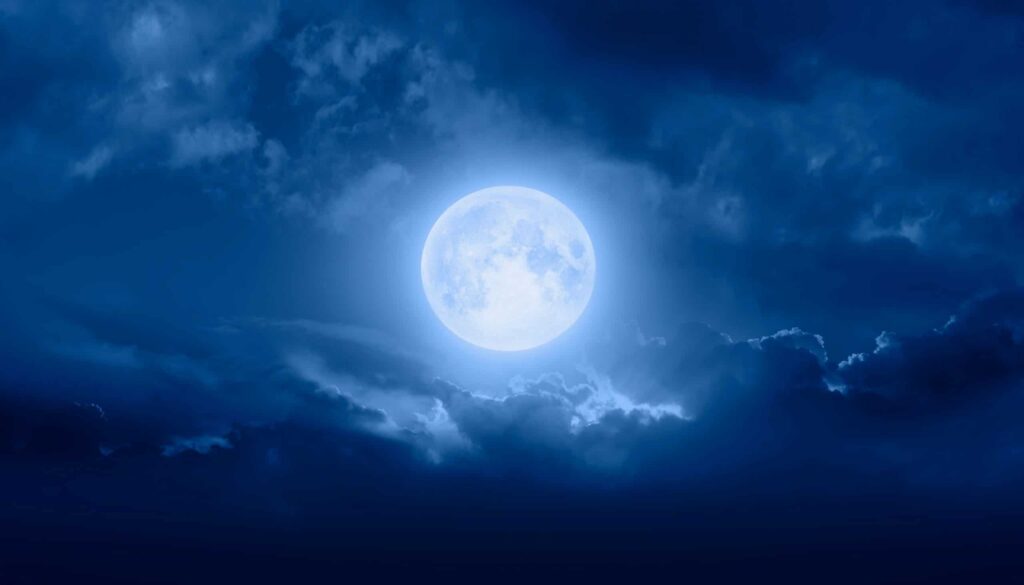
Conclusion
Conclusion: Unraveling the Mysteries of the Moon Phases and Their Timeless Influence 🌙
Understanding the phases of the Moon goes far beyond observing a celestial spectacle. Since ancient times, civilizations have recognized the importance of our natural satellite, attributing spiritual, cultural and practical meanings to it. ✨ The Moon, with its fascinating cycle, has influenced myths, rituals and even everyday decisions, such as agriculture and navigation. This deep connection with nature reflects ancient wisdom that can still be applied to modern life.
Today, even with advances in science and technology, the phases of the Moon continue to impact us. Whether through astrology, gardening or simple contemplation, the lunar influence remains relevant. Furthermore, understanding its cycles can bring greater alignment to our routines and personal goals. 🌗 The Moon reminds us of the importance of respecting natural rhythms and seeking balance between the past and the present.
Therefore, exploring the secrets of the Moon is a journey that connects us to the universe, our origins and the cycles that shape life. Use this knowledge to enrich your daily life and delve even deeper into this ancient relationship between human beings and the cosmos. 🌌 How about starting to observe the sky more and reconnecting with this eternal mystery?


